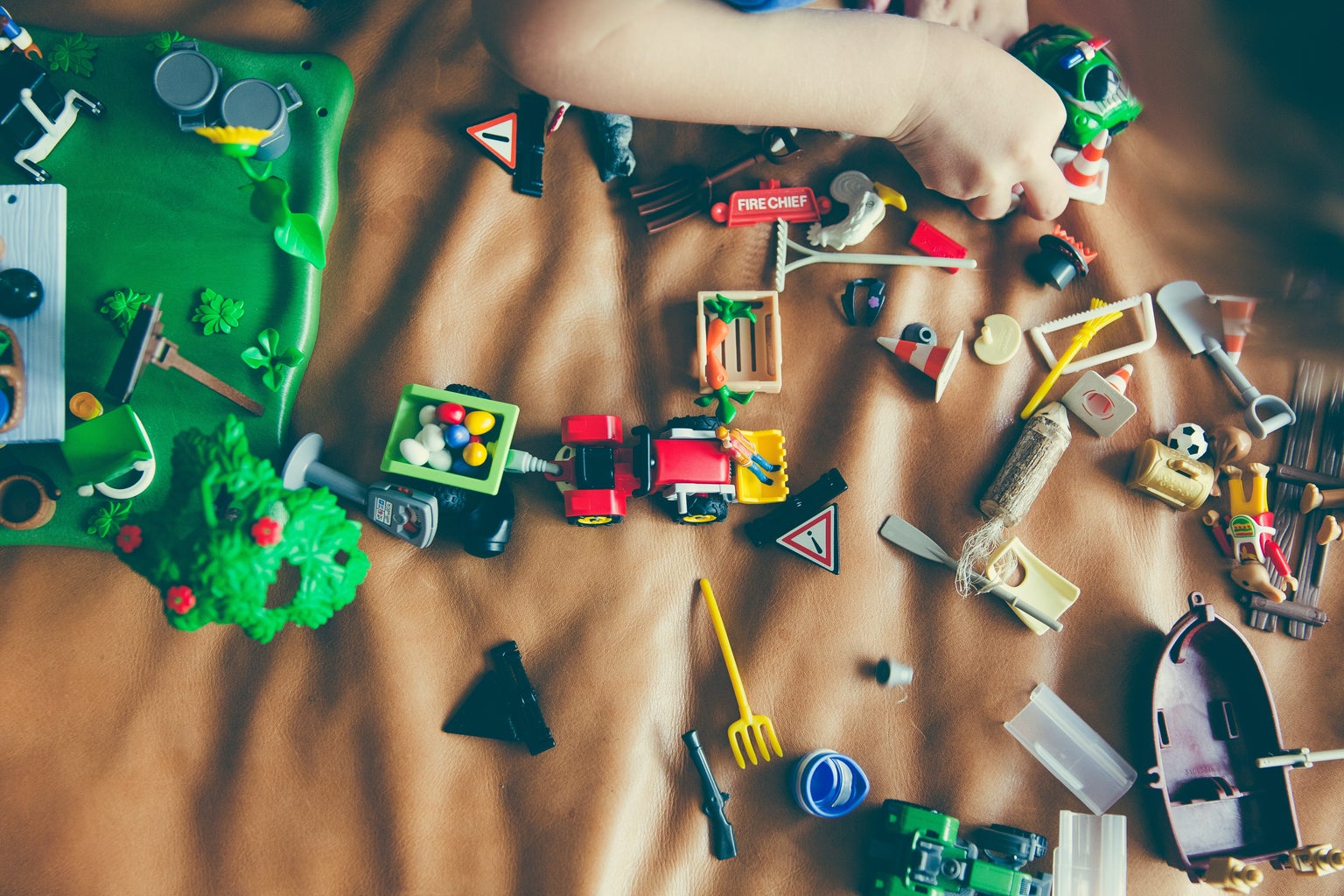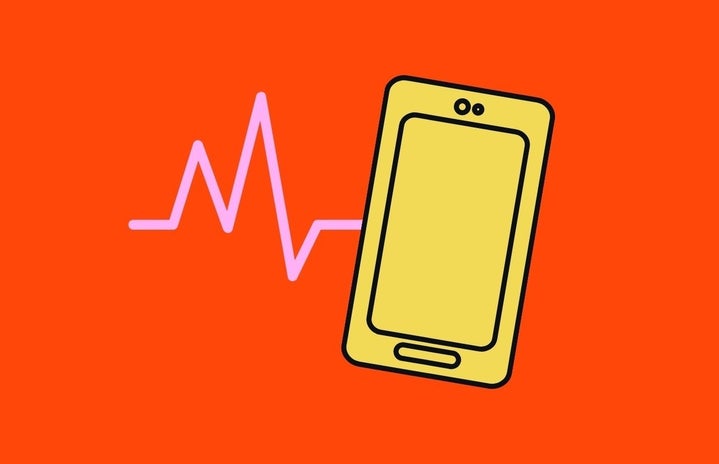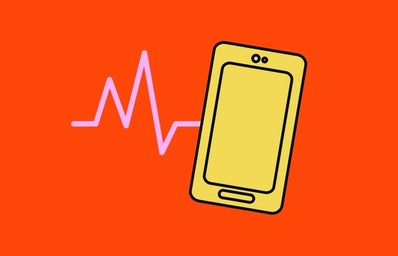If you have been to therapy, or perhaps, have stumbled upon the ‘therapy side of Tik Tok’ you may very well be familiar with the term ‘inner child work’. It has become a sort of therapeutic buzzword in Generation Z as we all try to exist peacefully in our own isolation. Undoubtedly, there has been an inherent self-betterment movement on social media platforms everywhere, blasting messages of self-care and deep inward reflection of our most personal relationships, and that includes the one we have to ourselves. To provide some clarity, there is a quote I quite enjoy by clinical psychologist Trish Phillips, Psy.D. in an interview she had with journalist Tiffany Trieu of Mind Body Green.com, here is what she had to say:
“Inner child work, also referred to as inner child healing, is a way to address our needs that haven’t been met as children and heal the attachment wounds we’ve developed. We all have a younger part of ourselves that was “never quite loved the right way or the way they needed as a child,” (https://www.mindbodygreen.com/articles/inner-child-work)
On its head, inner-child work can sound confusing and nearly contemptuous if your childhood happens to be a sore subject for you, as it can be for many. As well, as a full-grown adult, it can be even more difficult to connect to a seemingly long-gone childhood self when you are presented with tangible, nagging adult responsibilities in your day-to-day life. Bills, classes, healthcare, and any other adulthood demon lurking in the shadows often serve as our adequate distractions to connecting to a youthful playfulness we once had in spades. While there is a certain intensity in examining the ways in which you would have preferred your caretakers to, well, take care of your childhood self, the beginning of that journey may not need to be quite so exhaustive. I believe when venturing on any new endeavor, it is wise to begin with joy. Joy is an effervescent emotion; it radiates through the body and makes you feel like the fizz at the top of a freshly cracked can of soda- or pop if you happen to be from the mid-west. Recall what brought you joy as a child, maybe it was watching cartoons, playing video games, bike-riding, or art; whatever it may have been, a good way to begin refamiliarizing yourself with your younger ‘you’ is to remember the simple things that brought you joy. Creating these brain pathways may just be your ticket to allowing you to reexamine other aspects of your childhood needs that could have been better served.

The idea here, then, is not to abandon these aforementioned responsibilities and allow these aspects of your life to fall to shambles, but rather, reconnect with your sources of joy from your childhood and making the time to do so. It is a funny thing, past trauma. Each human being has core wounds that would be better cared for in the light of day, as opposed to being pushed down and repressed. Core wounds are what form your attachment style- attachment styles can be categorized in a few ways, and funnily enough, can be mixed and matched in a whole amalgamation of ways on their own. Why should we care about attachment styles and what are they? Attachment styles are an indication of the ways in which your needs could have been more adequately met and they help form the basis of all our connections in adulthood. There are three general categories: Avoidant, Anxious, and, for the lucky ones, Secure. All people have the capability to grow into a secure attachment style, so long as the proper inner-child work is done. For more information on attachment styles you can check out this Youtube channel, if you feel so inclined to learn more about yourself. (https://www.youtube.com/channel/UCHQ4lSaKRap5HyrpitrTOhQ)

Earlier, I said it was important to begin with joy, however, it is far more pivotal to continue with self-compassion. Your attachment style is nothing to be ashamed of and is only meant to serve as an indicator of where you can continue to grow into your best self. Beginning this process of radical self-acceptance and self-improvement should never be done under the guise of trying to blame yourself or others for how you developed in childhood, remember, you were a child. Treat your mind and your heart gently, you have always only ever been doing your best. So, kick your feet up, watch some cartoons, and maybe after … take some time to think about how you can begin loving yourself the way your inner child has always wanted to receive love, you might find it is simpler than you once believed. All lovely things come from within and shine outward onto others, you deserve to feel just as much joy and self-compassion as you always have- adulthood or not.




